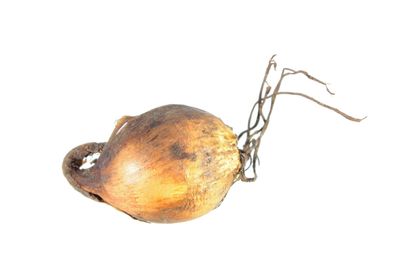What to Do with Tigridia Bulbs in Winter?
In many ways, Tigridia is quite resilient. It can tolerate heat and humidity, full or partial sun, and a gamut of soil pH conditions. The bulbs cannot, however, survive in wet soil or freezing temperatures. Tigridia, also referred to as tiger flower, peacock flower, and jockey’s cap lily, is native to warmer latitudes like Mexico, Guatemala, San Salvador, and Honduras. This means the bulbs need to be protected from cold temperatures. Once the ground has frozen, so has the bulb and then it’s adios Tigridia. So, how do you go about winterizing tiger flowers? Tiger flowers don’t do well in winter, which means fall is the time to dig up tiger flower bulbs.
Tigridia Winter Care
Once the blooms have faded, allow the green of the plant to die back naturally. This gives much needed energy back into the bulb so it can reward you with its kaleidoscope colors next season. Once the leaves have faded, but prior to the first frost, dig slowly and gently lift the tiger flower bulbs with a trowel; you don’t want to dig into the bulb and damage it. Once the bulb has been dug out, cut the foliage off to about 3 inches (8 cm). Shake off any excess soil and remove dirt from the roots. Allow the bulbs to dry out in a shady area of the garage before packing them up for the winter. To do this, place the bulbs on newspaper for several weeks or hang them in a mesh bag. Place the dried bulbs in a cardboard box with air holes. The bulbs should be nestled in peat moss, perlite, vermiculite, or dry sand. Make sure that each bulb is surrounded by an inch (2.5 cm.) of the dry medium. Store the tiger flower bulbs in the winter in a cool dry area, such as the garage or unheated basement, where temps are at least 50 degrees F. (10 C.) until the spring.
